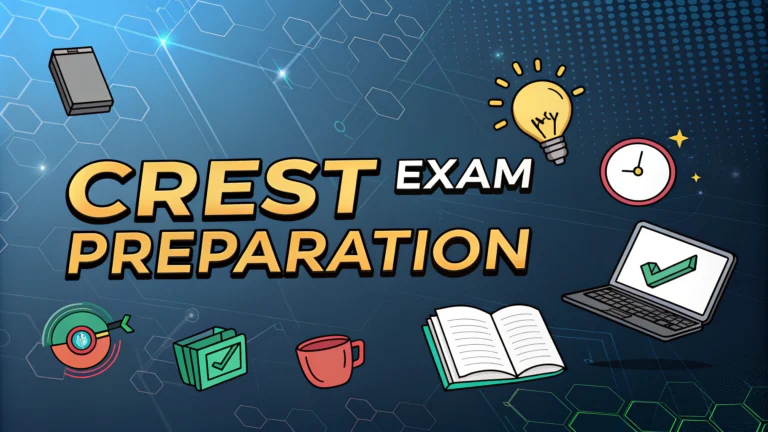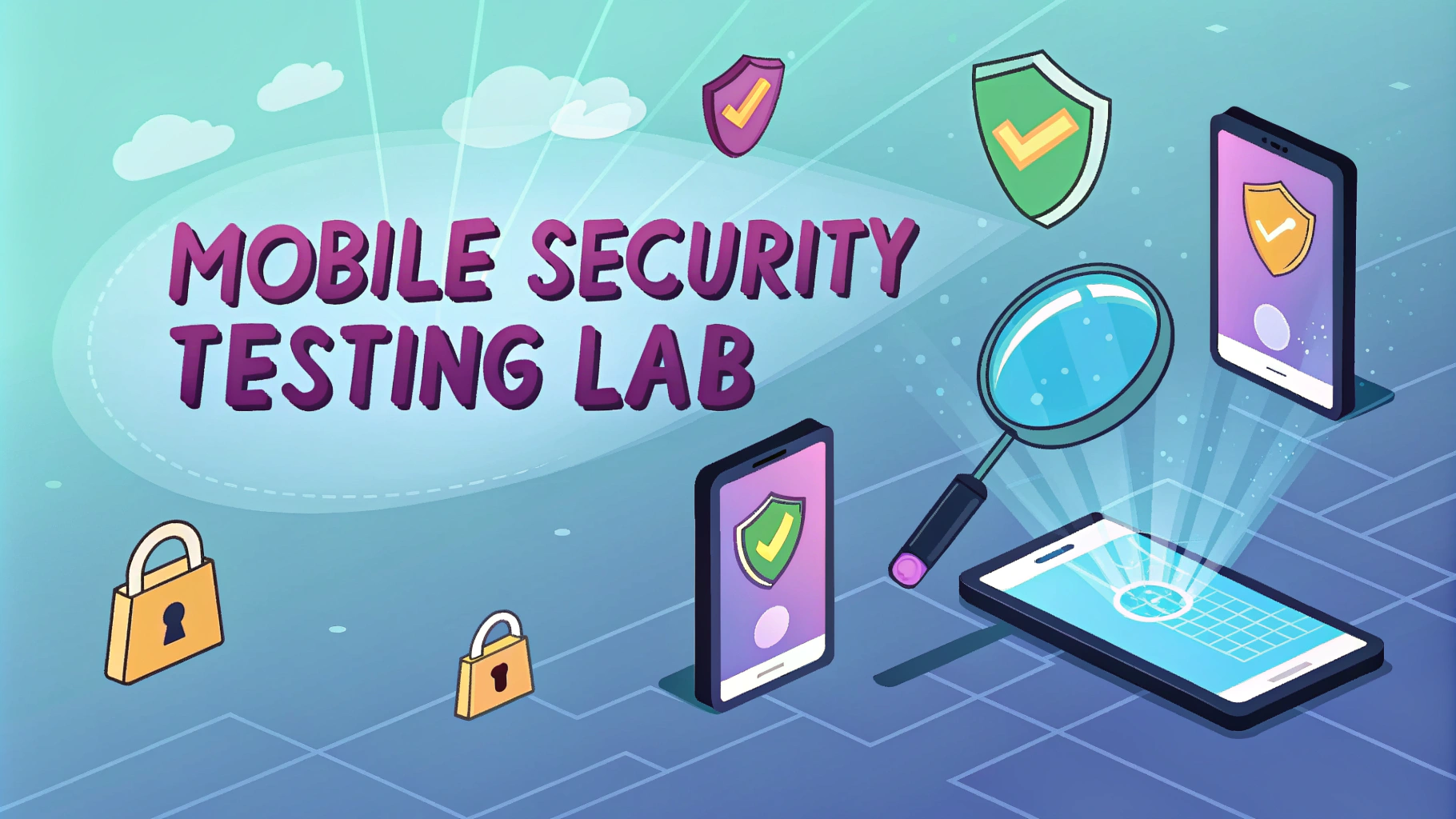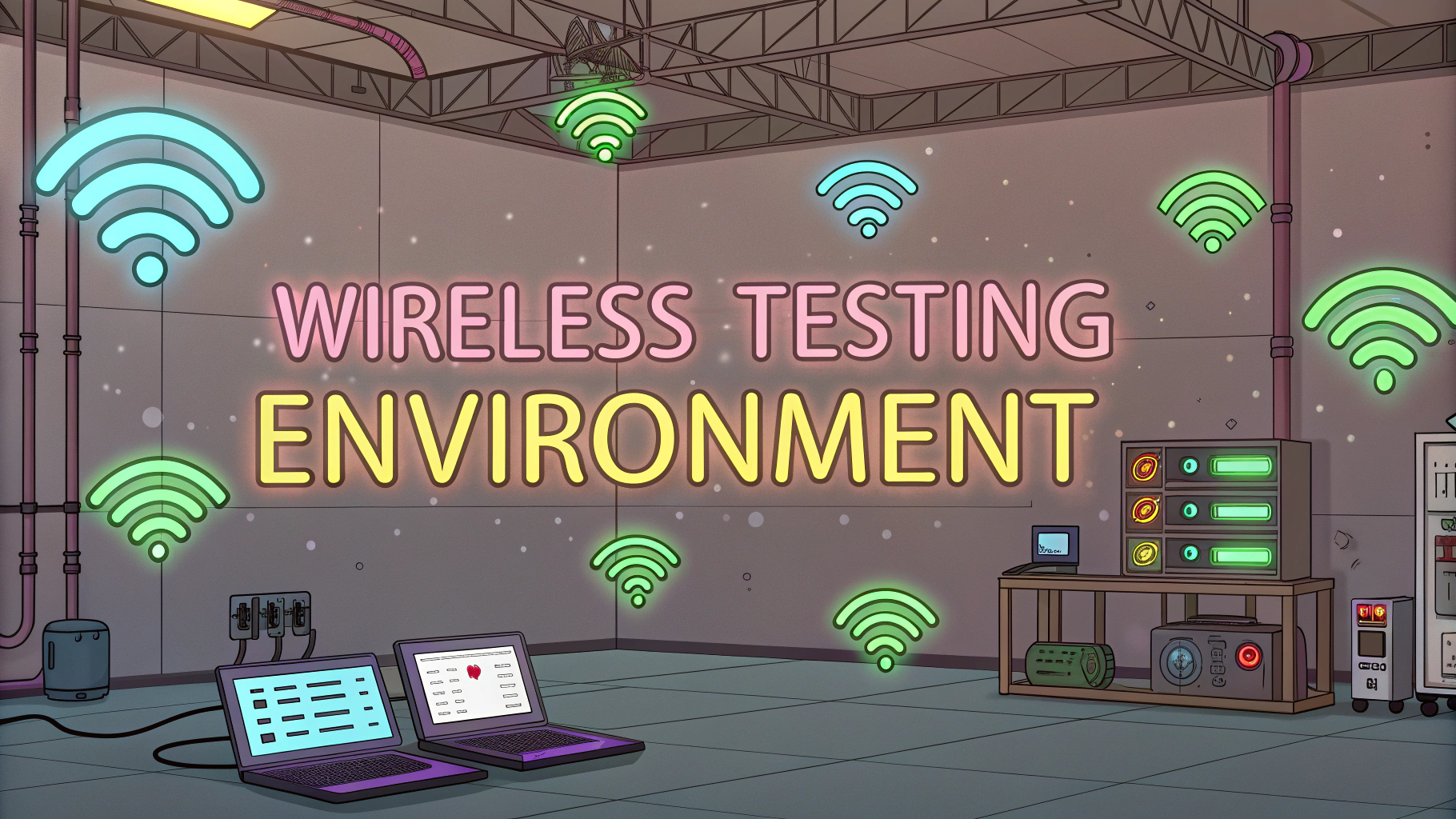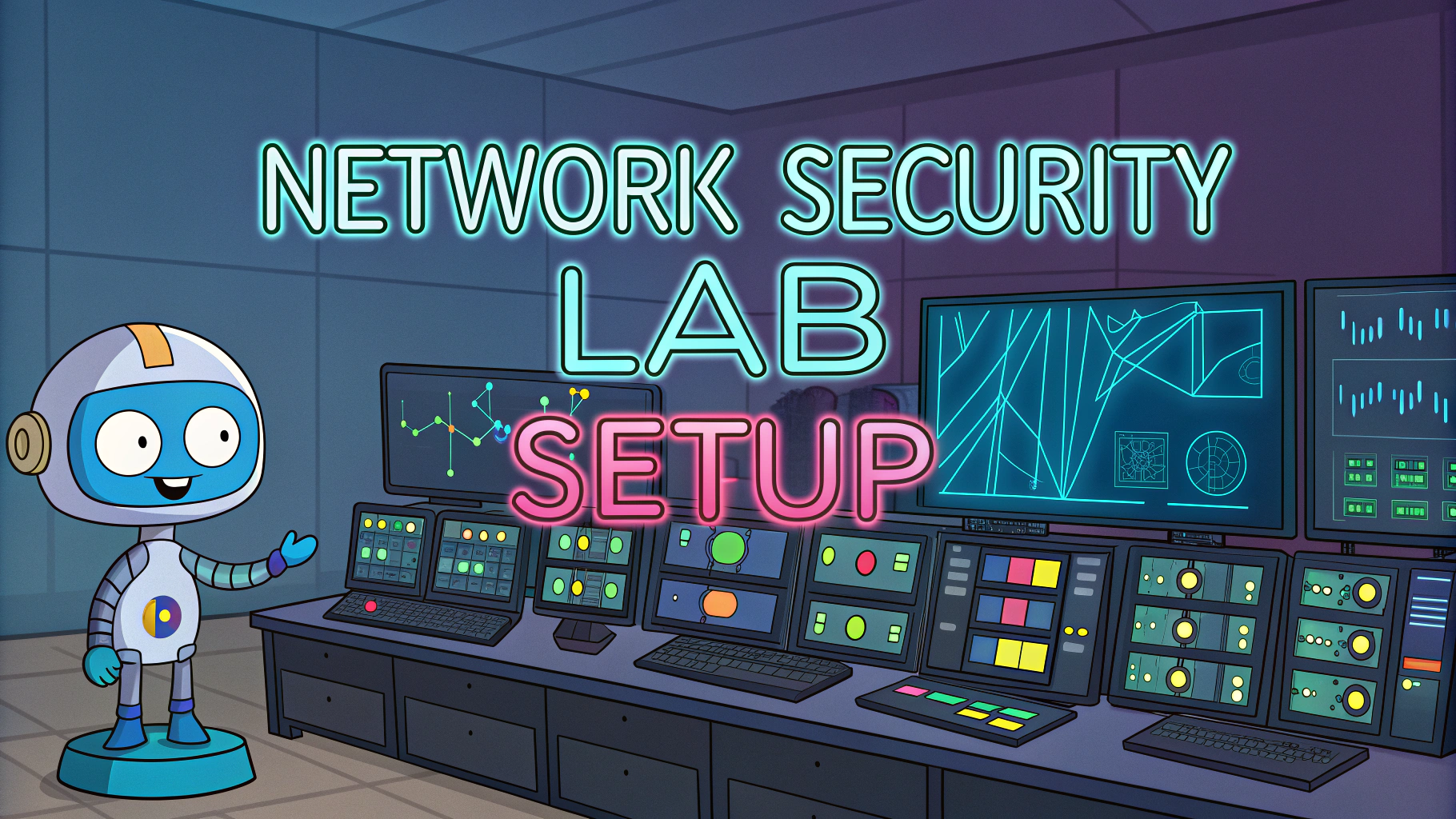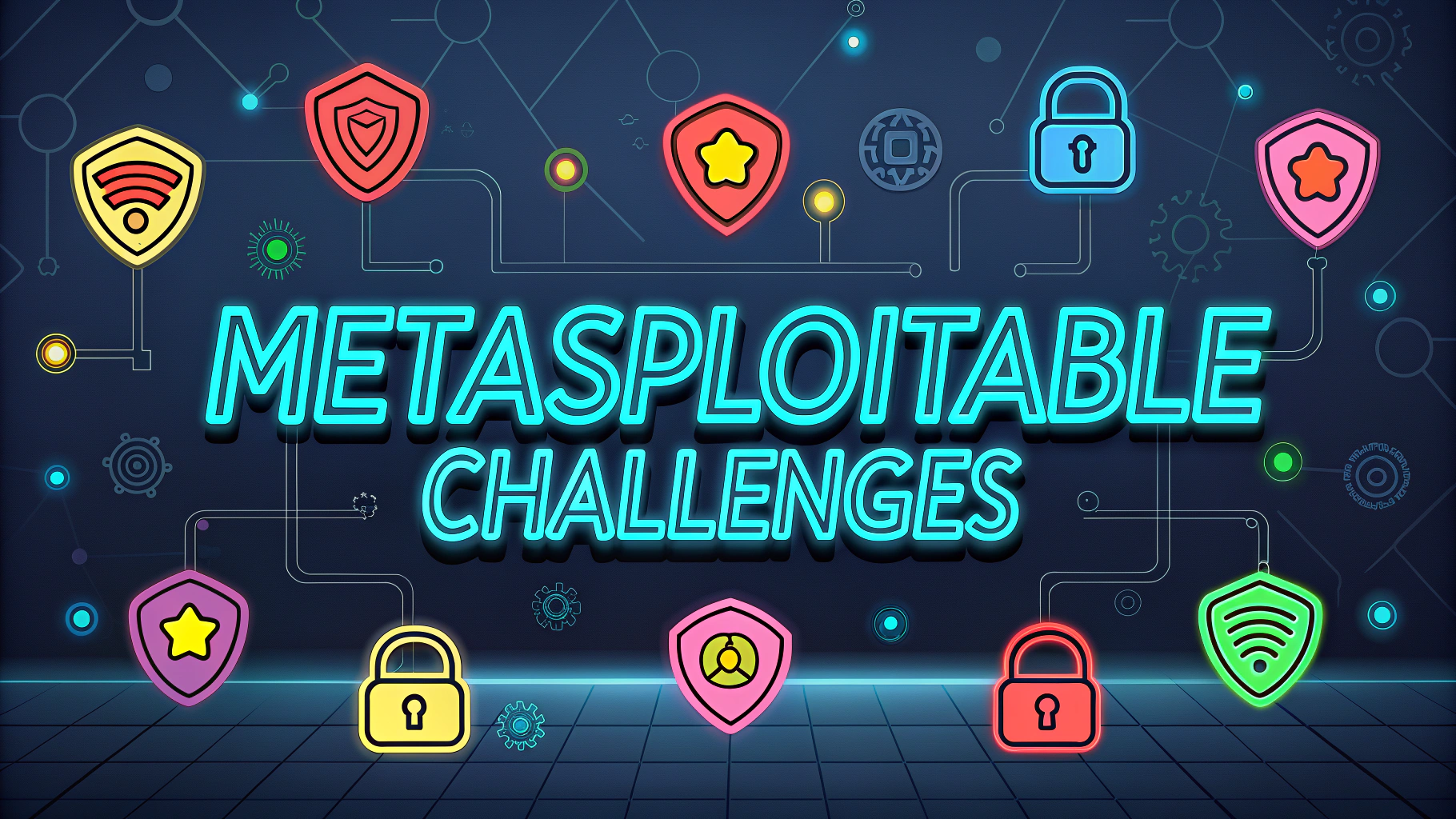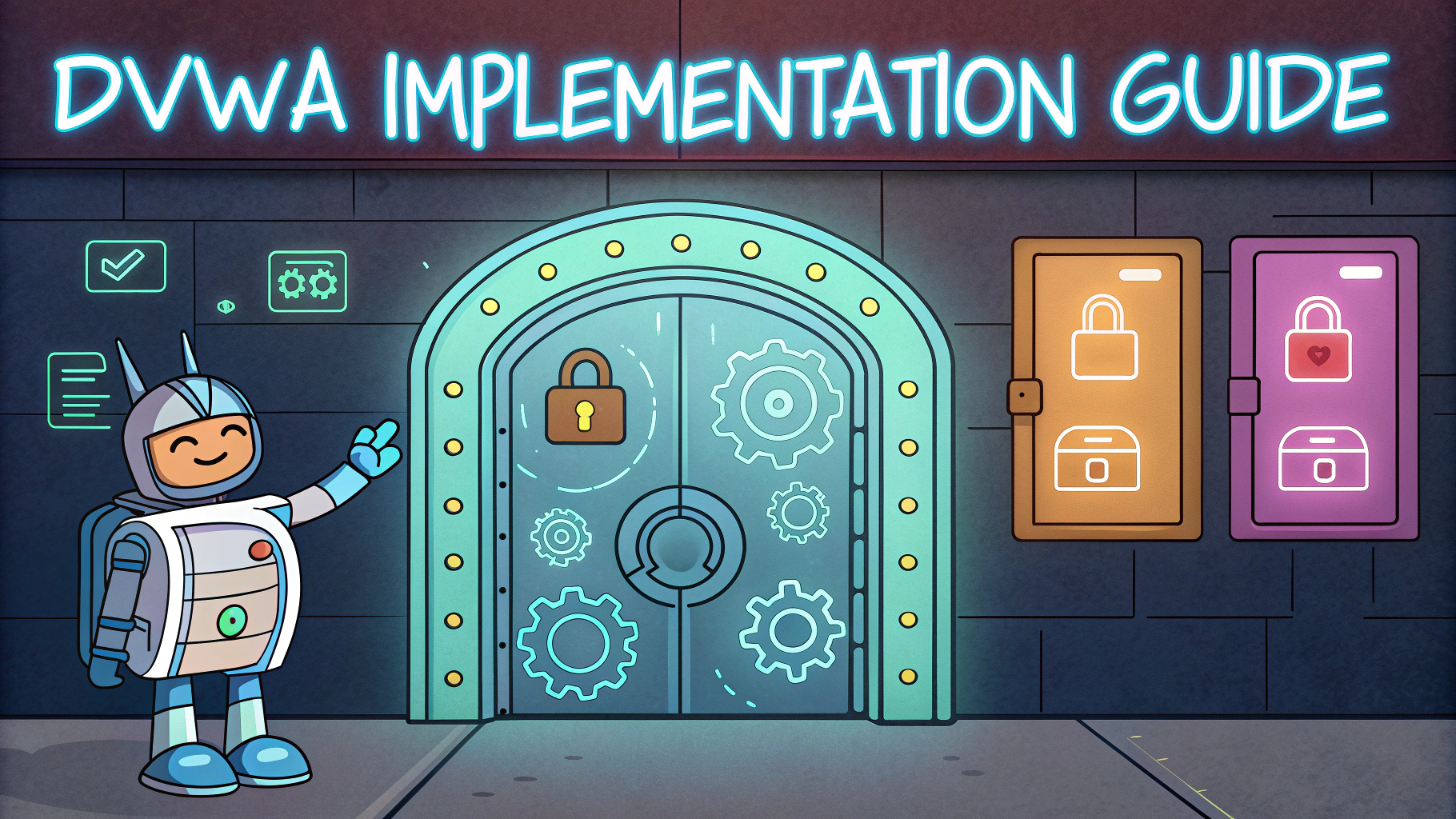The CREST Certified Infrastructure Tester (CCT INF) and Certified Web Application Tester (CCT APP) certifications represent key milestones for penetration testing professionals.
These certifications validate practical skills in infrastructure and web application security testing through rigorous hands-on examinations.
This guide outlines effective preparation strategies, exam requirements, and practical tips to help you successfully achieve CREST certification.
Exam Structure and Requirements
- Written exam: Multiple choice questions testing technical knowledge
- Practical exam: Hands-on testing in a controlled environment
- Time limit: 2.5 hours for written, 6 hours for practical
- Passing score: 60% minimum on both components
Key Technical Areas to Master
| Category | Skills Required |
|---|---|
| Information Gathering | OSINT, network enumeration, service identification |
| Infrastructure Testing | Network protocols, system vulnerabilities, privilege escalation |
| Web Application Testing | OWASP Top 10, authentication bypass, injection attacks |
| Reporting | Documentation, risk assessment, remediation advice |
Recommended Study Resources
- Official CREST Materials: Technical Syllabus, Sample Questions
- Practice Platforms: HackTheBox, TryHackMe, VulnHub
- Reference Books: “The Web Application Hacker’s Handbook,” “Red Team Field Manual”
- Online Courses: eLearnSecurity PTX, SANS SEC542
Practical Preparation Tips
Set up a home lab with vulnerable machines like Metasploitable and DVWA.
Practice time management by completing CTF challenges within set time limits.
Focus on methodology and structured approaches rather than tool-specific knowledge.
Document your testing process thoroughly, as report writing is a significant exam component.
Common Tools to Master
- Nmap for network scanning and enumeration
- Burp Suite for web application testing
- Metasploit Framework for exploitation
- Wireshark for network analysis
- SQLmap for database testing
Exam Day Strategies
- Arrive 30 minutes early to set up and familiarize yourself with the environment
- Start with quick wins to build confidence
- Keep detailed notes during testing for report writing
- Manage time effectively between testing and documentation
Next Steps After Certification
Join the CREST community through their official channels (www.crest-approved.org).
Consider advanced certifications like CREST Certified Tester in Advanced Infrastructure Security (CCT AiS).
Maintain certification through continued professional development and periodic renewals.
Ongoing Practice and Development
- Participate in bug bounty programs to gain real-world experience
- Join local security meetups and conferences
- Contribute to open-source security tools
- Share knowledge through blogging or community forums
Career Advancement Opportunities
CREST certification opens doors to roles in:
- Security consultancies
- Internal security teams
- Government cybersecurity positions
- Independent security research
Building Professional Networks
- Connect with other CREST professionals on LinkedIn
- Attend CREST member events and workshops
- Participate in industry conferences
- Join specialized security forums and discussion groups
Maintaining Technical Excellence
Stay current with emerging threats and technologies through:
- Regular lab practice with new tools and techniques
- Subscription to security news feeds and updates
- Participation in advanced training programs
- Regular review of new vulnerabilities and exploits
Forging Your Path in Cybersecurity
CREST certification represents more than just a qualification – it’s a commitment to professional excellence in security testing. Continuous learning, practical experience, and community engagement are essential for long-term success in this dynamic field.
Remember that certification is just the beginning. The real value comes from applying these skills to protect organizations and contribute to the broader security community.
Stay focused on your goals, maintain high ethical standards, and never stop exploring new security challenges. The cybersecurity landscape continues to evolve, and CREST-certified professionals play a crucial role in defending against emerging threats.
FAQs
- What is the CREST Penetration Testing certification?
The CREST Penetration Testing certification is an internationally recognized qualification that validates a professional’s skills in identifying and exploiting security vulnerabilities in networks, applications, and systems using industry-standard methodologies. - What are the different levels of CREST Penetration Testing certifications?
CREST offers three main levels: Practitioner Security Analyst (CPSA), Registered Penetration Tester (CRT), and Certified Simulated Attack Specialist (CCSAS). Each level requires progressively more advanced skills and experience. - What prerequisites are needed for the CREST Penetration Testing exam?
For the entry-level CPSA, there are no formal prerequisites. For CRT, candidates must have passed CPSA and possess practical experience. CCSAS requires candidates to hold CRT and have substantial real-world penetration testing experience. - What technical skills are tested in CREST Penetration Testing exams?
The exams test skills in network security, web application security, infrastructure testing, social engineering, operating system security, cryptography, wireless security, and reporting methodologies. - How is the CREST Penetration Testing examination structured?
The exam typically consists of two components: a written examination testing theoretical knowledge and a practical assessment requiring hands-on demonstration of penetration testing skills in a controlled environment. - What study materials are available for CREST exam preparation?
CREST provides official exam syllabi, technical notes, and recommended reading lists. Additional resources include practice labs, vulnerability testing platforms, and third-party training courses accredited by CREST. - How long is the CREST certification valid?
CREST certifications are valid for three years. After this period, professionals must recertify through continued professional development (CPD) or retaking the examination. - What job roles typically require CREST Penetration Testing certification?
Common roles include Penetration Tester, Security Consultant, Ethical Hacker, Information Security Analyst, and Red Team Operator in organizations providing security assessment services. - What is the exam success rate for CREST Penetration Testing certifications?
The success rate varies by level, with CPSA having a higher pass rate (around 70-80%) compared to CRT and CCSAS, which have more challenging pass rates (approximately 50-60%). - How long should I prepare for the CREST Penetration Testing exam?
Preparation time varies by experience level, but typically requires 3-6 months of dedicated study for CPSA, 6-12 months for CRT, and 12-18 months for CCSAS, assuming relevant practical experience.
